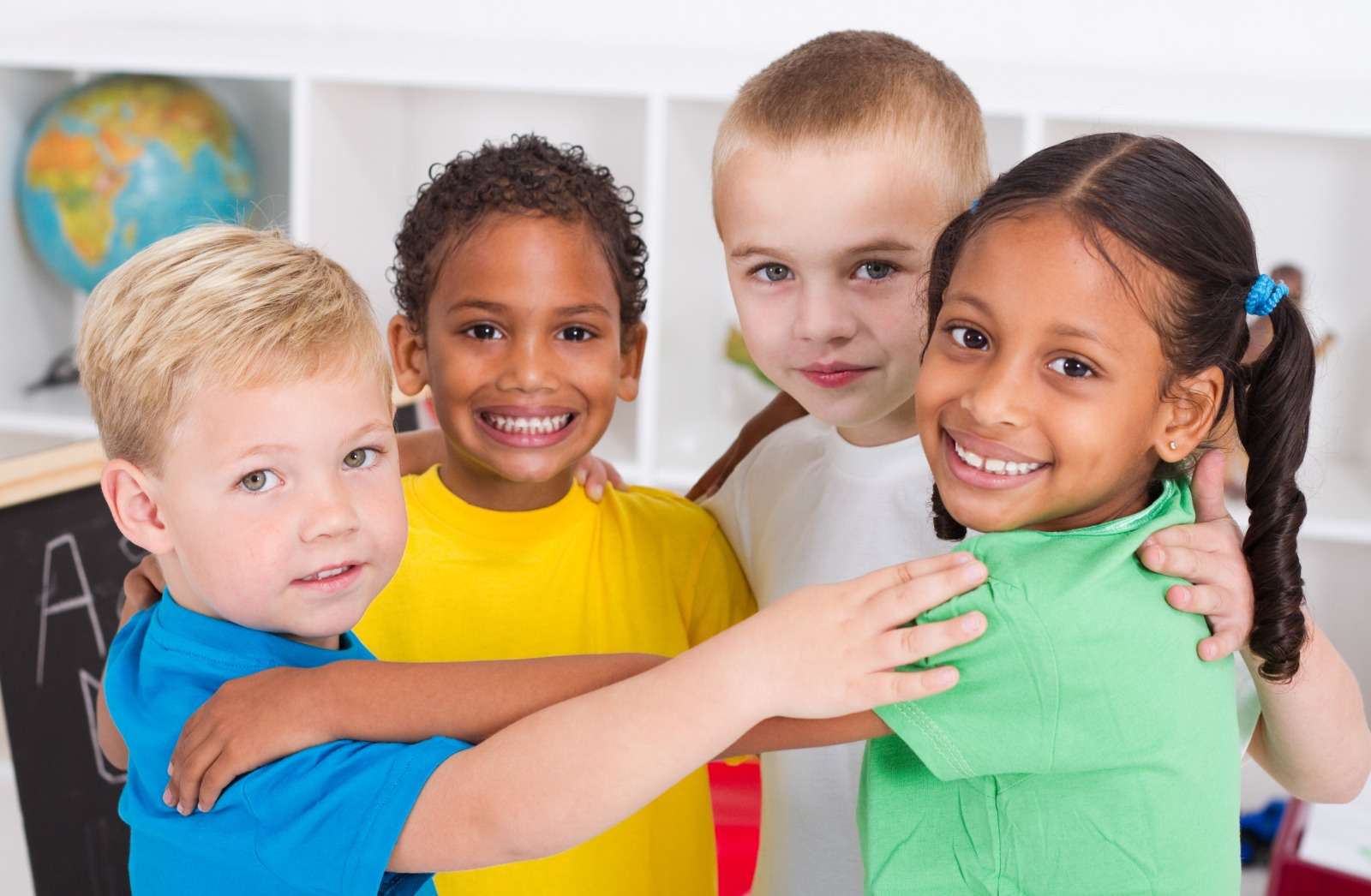Positive behavior in toddlers is essential for their overall development and well-being. Encouraging positive behavior helps toddlers build social, emotional, and cognitive skills, laying the foundation for a healthy and successful future. In this article, we will explore various strategies and techniques to promote positive behavior in toddlers, ensuring that they grow up in a supportive and nurturing environment.
Understanding Toddler Behavior
Common Behavioral Traits in Toddlers
Toddlers are known for their curiosity, energy, and desire for independence. These traits often lead to behaviors such as exploring their surroundings, testing boundaries, and experiencing frequent mood swings. Understanding these common traits is the first step in encouraging positive behavior.
Factors Influencing Toddler Behavior
Several factors influence toddler behavior, including genetics, environment, and parenting style. Toddlers are highly perceptive and often mimic the behaviors they observe in their caregivers. Therefore, it is crucial for parents and caregivers to provide positive role models.
The Role of Temperament
Every toddler has a unique temperament that affects their behavior. Some toddlers may be more adaptable and easygoing, while others may be more sensitive and cautious. Recognizing and understanding your toddler’s temperament can help you tailor your approach to encouraging positive behavior.

Building a Foundation for Positive Behavior
Establishing a Secure Attachment
A secure attachment between a toddler and their caregiver is vital for positive behavior. This attachment provides a sense of safety and trust, allowing the toddler to explore their environment confidently. Spending quality time together, responding to the toddler’s needs, and offering comfort and reassurance are key components of building a secure attachment.
Creating a Safe and Stimulating Environment
A safe and stimulating environment encourages positive behavior by allowing toddlers to explore and learn without unnecessary restrictions. Ensure that your home is child-proofed and filled with age-appropriate toys and activities that promote exploration and learning.
Consistency in Routines
Consistency in daily routines helps toddlers feel secure and understand what to expect. Regular meal times, nap times, and bedtime routines provide structure and reduce anxiety, leading to more positive behavior. Consistency also helps toddlers develop self-discipline and understand the importance of following rules.
Effective Communication with Toddlers
Using Simple and Clear Language
When communicating with toddlers, it is essential to use simple and clear language that they can understand. Short sentences and straightforward instructions help toddlers grasp what is expected of them. Avoid using complex language or lengthy explanations that may confuse them.
Active Listening Techniques
Active listening involves paying full attention to the toddler and acknowledging their feelings and thoughts. This technique helps toddlers feel heard and understood, promoting positive behavior. Encourage your toddler to express themselves and validate their emotions.
Nonverbal Communication
Nonverbal communication, such as facial expressions, gestures, and body language, plays a significant role in communicating with toddlers. Positive nonverbal cues, such as smiling, nodding, and maintaining eye contact, reinforce verbal messages and encourage positive behavior.
Positive Reinforcement Strategies
Praise and Encouragement
Praising and encouraging toddlers for their positive behavior reinforces those behaviors and motivates them to continue. Specific and sincere praise, such as “You did a great job sharing your toys,” is more effective than general praise. Focus on effort and improvement rather than just outcomes.
Reward Systems
Reward systems, such as sticker charts or small treats, can be effective tools for encouraging positive behavior. Ensure that rewards are appropriate for the toddler’s age and that they understand why they are receiving the reward. Gradually phase out rewards as positive behavior becomes more consistent.
Celebrating Small Achievements
Recognizing and celebrating small achievements, such as successfully using the potty or completing a simple task, boosts toddlers’ confidence and encourages continued positive behavior. Celebrate these achievements with praise, hugs, or small celebrations to show appreciation.
Setting Clear Expectations and Boundaries
Importance of Rules and Boundaries
Clear rules and boundaries provide toddlers with a sense of security and help them understand what is expected of them. Consistent rules and boundaries guide behavior and promote self-discipline. Ensure that rules are age-appropriate and understandable for the toddler.
How to Communicate Expectations
Communicate expectations to toddlers in a clear and straightforward manner. Use simple language and provide examples to help them understand what is expected. For example, instead of saying “Behave yourself,” explain specific behaviors such as “Use gentle hands” or “Wait your turn.”
Consistency in Enforcing Rules
Consistency in enforcing rules is crucial for promoting positive behavior. Ensure that all caregivers are on the same page and enforce rules consistently. Inconsistency can confuse toddlers and lead to frustration and misbehavior. Stick to established rules and consequences to provide a stable environment.
Modeling Positive Behavior
The Role of Parents and Caregivers as Role Models
Parents and caregivers serve as role models for toddlers, influencing their behavior through their actions and attitudes. Demonstrate positive behaviors, such as kindness, patience, and respect, to set a good example for your toddler. Children often imitate the behaviors they observe in their caregivers.
Demonstrating Desired Behaviors
Actively demonstrate desired behaviors for your toddler to observe and learn. For example, if you want your toddler to say “please” and “thank you,” consistently use these words in your interactions. Show your toddler how to share, take turns, and express emotions appropriately.
Encouraging Empathy and Kindness
Teach toddlers empathy and kindness by modeling these behaviors and providing opportunities for practice. Encourage your toddler to consider others’ feelings, share, and help others. Use books, stories, and role-playing to teach empathy and reinforce the importance of kindness.

Teaching Problem-Solving Skills
Helping Toddlers Identify Problems
Help toddlers identify and understand problems they encounter. Use simple language to describe the problem and involve your toddler in finding a solution. This approach teaches critical thinking and problem-solving skills, fostering independence and resilience.
Guiding Toddlers in Finding Solutions
Guide toddlers in finding solutions to problems by offering choices and encouraging them to think creatively. For example, if your toddler is upset because they can’t find a toy, suggest looking in different places together. Provide support and encouragement throughout the process.
Encouraging Independence
Encourage independence by allowing toddlers to make decisions and solve problems on their own. Provide opportunities for your toddler to practice self-help skills, such as dressing themselves or cleaning up toys. Celebrate their efforts and successes to build confidence.










